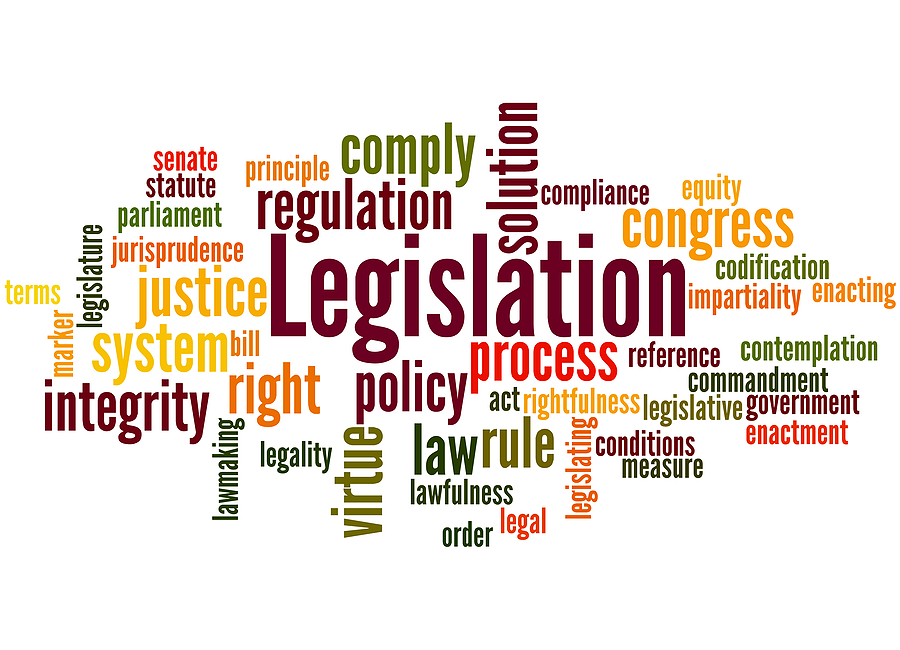What to Know About Today’s Credit Card Interest Rates
What to Know About Today’s Credit Card Interest Rates
Credit cards may make it easy to cover a variety of expenses. Credit card use often helps increase one’s credit score if the balances are paid in full each month and on time. However, mismanaging credit or carrying balances over time can lower credit scores. It may be a risk to your financial future since lenders use credit scores to assess creditworthiness on loans.
With today’s higher interest rates than previously, carrying a balance can quickly become expensive and cost you more for the item you charged.
Here’s what you need to know about credit card interest rates and how they may impact you:
- When the Federal Reserve raises interest rates, often so do credit card lenders. The Federal Funds Rate is the basis for your credit card lender’s “prime rate.” Your credit card lender will factor in your credit score, the annual percentage rate, and add their prime rate to determine the interest rate you pay on recurring balances.
- Inflation impacts credit card interest rates. The Federal Reserve raises interest rates when it wants to slow down spending, which they hope helps lower inflation. In turn, inflation impacts the rate credit card lenders will charge consumers carrying balances month over month.
- At the federal level, there is no cap on the interest rate credit card lenders can charge. However, cardholders can find a bit of security in the Credit Card Accountability, Responsibility and Disclosure Act (CARD Act) and usury laws, which set interest rate limits on a state-by-state basis.
- The Fed may raise interest rates six more times in 2023. Credit card holders carrying balances may have a higher bill in upcoming months. Each time the Federal Funds Rate increases, the interest rate at the credit card lender increase in tandem. But that doesn’t mean it will be the same increase; credit card lenders can raise their rates even more!
- A credit card company’s APR rate and prime rate are different. Credit card issuers may add several percentage points to the prime rate to make their cards’ interest rates. You’ll pay an APR rate annually if you carry a balance.
If you want to work toward managing your credit card debt, start with these simple tips:
- Order your credit report through a free reporting online option such as Free Credit Report.com. Per Federal law, you can receive one free report per year. Check your information for errors and contact the reporting agency to correct them.
- Pay off your highest interest rate credit card as quickly as possible. Once the highest interest rate card is paid, focus additional payments towards the other cards starting in order of the highest interest rate.
- Check your credit card statements for errors and late payment posts. Contact the credit card company and request a reversal of late payments if you can prove their errors.
- Use your credit card to your advantage by using and paying it off monthly to build your credit history.
- Shop for better interest rates for your credit cards. If you anticipate carrying credit card debt for over a year, consider transferring balances to a lower-interest-rate credit card.
Remember that paying off credit card debt is essential to your financial future. Your financial professional can help you be accountable in your debt reduction plan and provide financial planning for your unique situation. Contact them today to get started.
SWG 2909136-0523c
In addition, The Legacy Source specializes in providing strategies and guidance for those who are seeking a better lifestyle in retirement. If you have retirement savings of five million dollars or $50,000, we can ensure it works as hard. As a result, we offer our experience and knowledge to help you design a custom strategy for financial independence. Contact us today to schedule an introductory meeting!






